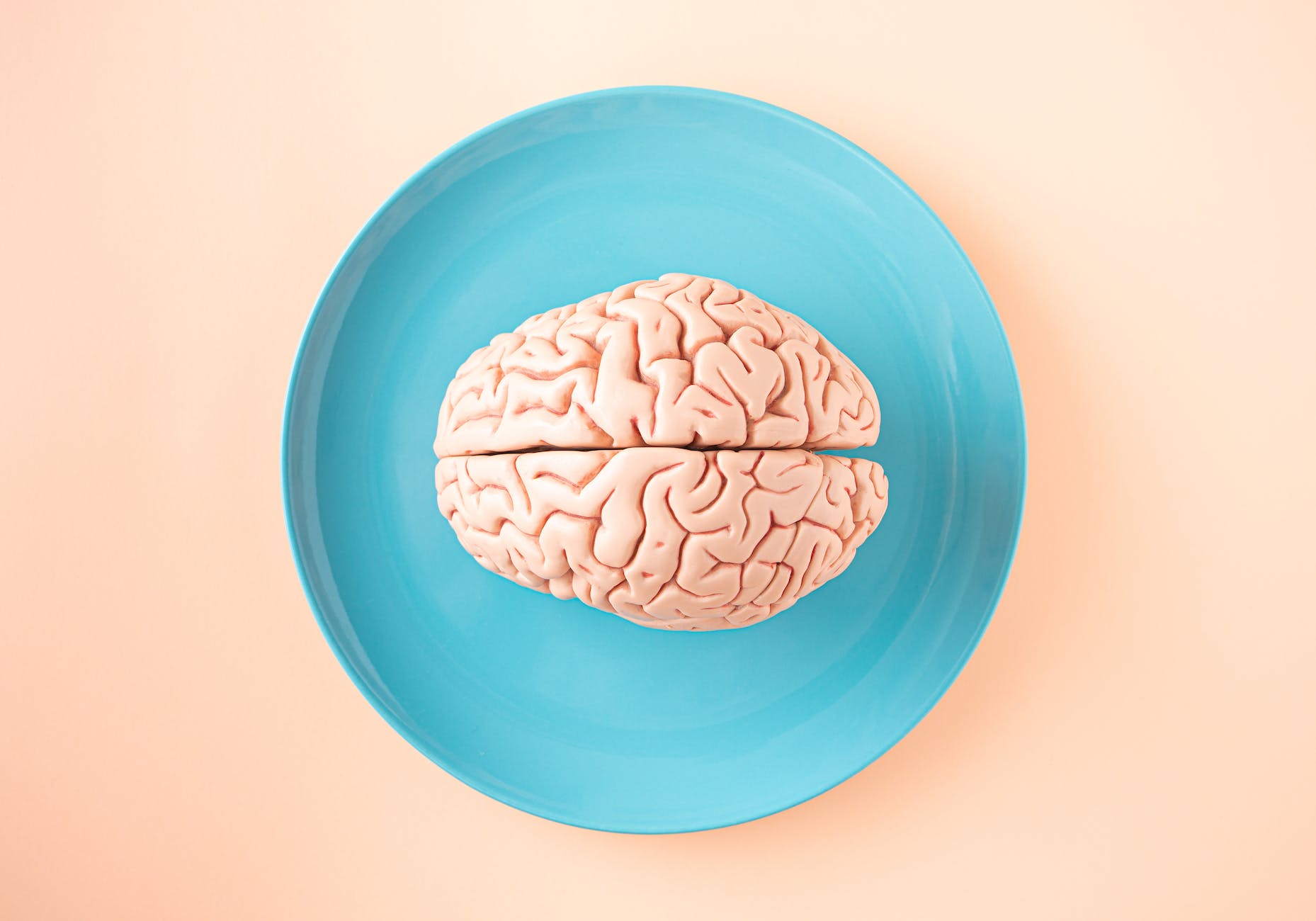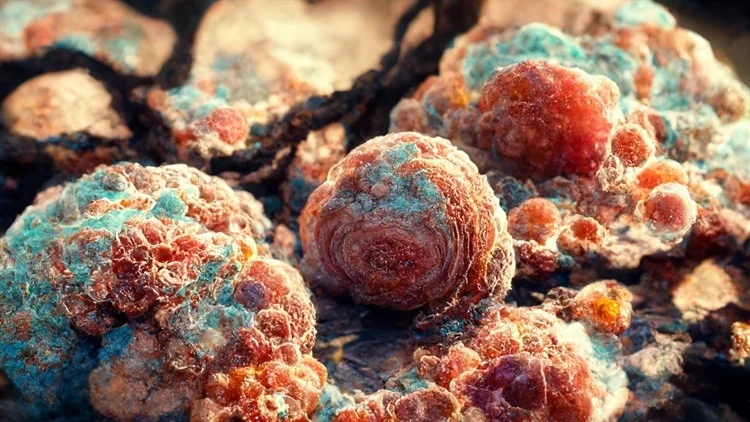Introduction
In a recent breakthrough study published in Nature Communications, researchers have uncovered a promising therapeutic target for one of the deadliest forms of cancer—pancreatic ductal adenocarcinoma (PDAC). This malignancy, responsible for over 90% of pancreatic cancer cases, has long presented a formidable challenge in the field of oncology. The study sheds light on a novel approach to combating this lethal disease.
The Enigma of Pancreatic Ductal Adenocarcinoma
Despite extensive research, the driving forces behind PDAC, including the role of the Myc master regulator and KRAS oncogene mutations, have remained elusive. Limited understanding of the super-enhancers (SEs) orchestrating sustained translation increases in this cancer type has made it more difficult to find effective treatments for PDAC.
The Study’s Quest
In this groundbreaking study, researchers embarked on a mission to map the genomic locations of SEs in 16 different human pancreatic cancer cell lines. The result was the identification of 876 SEs—a critical discovery in the battle against PDAC. To validate these findings, the researchers turned to clinical samples of PDAC and examined the expression of heterogeneous nuclear ribonucleoprotein (hnRNP) F protein, an RNA-binding protein linked to polyadenylation, alternative splicing, and messenger RNA (mRNA) stability regulation.
The Functional Role of SEs
To find out what role SEs play in increasing hnRNPF levels and tumor growth, researchers deleted certain parts of the genome in the SEs of the MIA PaCa-2 PDAC cell line. Subsequently, they injected these modified cells into the pancreases of immunodeficient mice to observe the in vivo effects on tumor growth.
A Closer Look at the Findings
The study’s findings highlighted the relevance of SE-regulated hnRNP F expression in PDAC. The researchers noted that H3 lysine 27 acetylation (H3K27ac), a common SE marker, was more prominent in pancreatic cancer cell lines than normal cells. This observation underscored the significance of SE-regulated hnRNP F expression in PDAC.
Members of the activator protein-1 (AP-1) family, like JUN, FOS, and ATF, were found in large amounts in SEs according to a study of transcription factor motif analysis. This suggests that they play a role in controlling hnRNP F.
Crucially, the deletion of SE elements led to an 80% reduction in hnRNP F transcript levels and a subsequent 35% reduction in protein levels. SE deletion also impacted chromatin accessibility at the hnRNP F SE.
Functional Consequences
The consequences of SE deletion were profound. Cells lacking the hnRNP F SE displayed reduced proliferation in two-dimensional (2D) cultures and formed smaller colonies in three-dimensional (3D) in vitro assays. We were surprised that adding hnRNP F back to these cells partially restored their ability to divide, showing that hnRNP F is the main SE-driven gene that causes PDAC cells to divide.
The Role of hnRNP F in mRNA Stability
The study also found that hnRNP F helps keep mRNAs stable. One of these is PRMT1, which controls tumor growth by creating new proteins through Ubap2l.
Unveiling a Targetable Pathway
That is interesting; the researchers discovered that the Myc oncogene controlled hnRNP F, PRMT1, and Ubap2l, creating a network that was essential for protein production. This discovery unveiled a targetable pathway to hinder PDAC growth.
Conclusion
Pancreatic ductal adenocarcinoma has long presented a formidable challenge in cancer research. But a new study has found a promising way to treat the disease: the SE-regulated RNA-binding protein cascade, which is made up of hnRNP F, PRMT1, and Ubap2l. By inhibiting PRMT1, this newfound understanding opens doors to novel treatments for PDAC and potentially other cancers. Importantly, these treatments may offer a safer alternative to existing SE-targeted therapies, mitigating severe toxicities. As the fight against pancreatic cancer continues, this discovery brings renewed hope to patients and researchers alike.
Cited Works:
Class, I. P. C., and AC12Q168FI USPC. “Patent application title: TRANSLATIONAL DYSFUNCTION BASED THERAPEUTICS Inventors: Gordon A. Jamieson, Jr.(Arlington, MA, and US) Katherine LB Borden (St. Laurent, and CA) Biljana Culjkovic (Montreal, CA) Alex Kentsis (New et al.) Assignees: Translational Therapeutics, Inc.” (2014).
Pelletier, Jerry, Marie-Ève Bordeleau, Lisa Lindqvist, Robert Francis, and Junichi Tanaka. “Chemotherapeutic agents for inhibition of protein translation.” U.S. Patent 8,008,346, issued on August 30, 2011.
Share this blog and may your knowledge grow:



















